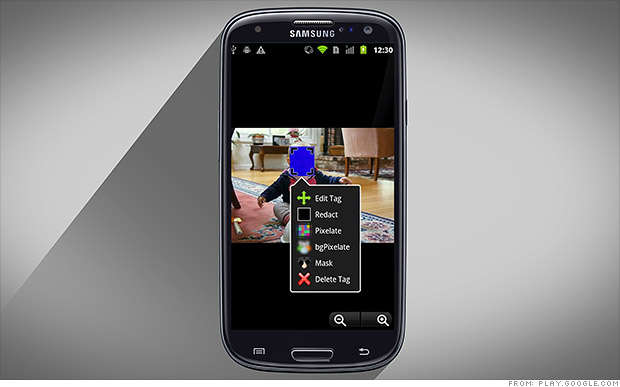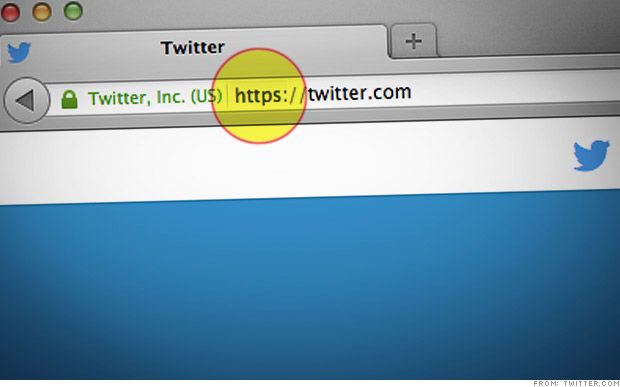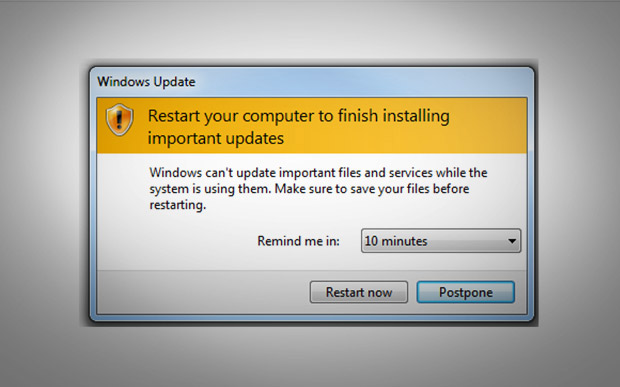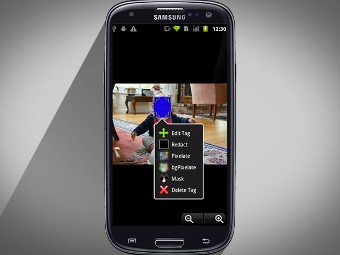
There's probably no way to completely avoid the NSA if they've got you in their sights, but fortunately, there are a number of simple things you can do right now to better protect yourself against hackers and unwanted surveillance. Here are a few:
HTTPS Everywhere:
This is an easy one: Install the HTTPS Everywhere browser extension.
HTTPS Everywhere is an add-on for Chrome, Firefox and Opera that ensures that whenever you visit a site that offers data encryption, you're using it.
You can check whether a site offers encryption by looking at the address in your browser and seeing whether it begins with "https", as opposed to "http" or "www" (the "S" stands for "secure").

The extension can be downloaded for free from the Electronic Frontier Foundation.
Be diligent with software updates:
Another no-brainer. When companies discover vulnerabilities in their software that hackers can exploit, they send out security patches to solve the problem that appear in the form of pop-ups or download prompts.

It's definitely an annoyance to have to interrupt your work to download new software and restart your computer. But when the alternative could be getting hacked, it's a small price to pay.
Two-factor authentication:
Services like Facebook, Twitter and Google's Gmail offer a feature known as two-factor authentication, which works with your smartphone to add an extra layer of security when you're logging in.
After you've entered your password, you're prompted to enter a numeric code that's sent to your phone via text message or generated by a mobile app. That way even if someone steals your password, they won't be able to get into your account unless they also have your phone as well.
Lifehacker has a good list of sites that make this feature available.
Tape over your cameras:
Even when your webcam isn't in use, sophisticated hackers can activate it remotely, giving them a virtual peephole into your home. Fortunately, there's a low-tech fix for this -- just put a piece of electrical tape or a Post-It note over the camera when it's not in use.
The Electronic Frontier Foundation also sells these nifty webcam stickers if you want to avoid surveillance in style.
Stow your phone:
Just like they can access video from your webcam, hackers can listen in on your private activities by remotely activating the internal mic in your smartphone. Again, there's a low-tech fix: Keep your phone stored out of earshot in a separate room when you know you won't be using it.
Browse anonymously:
Without precautions in place, most Web users leave a digital trail that makes it easy for those with just a bit of technical sophistication to figure out every site they've visited.

The Tor web browser solves that problem by bouncing your communications to computers all over the world, preventing the sites you visit from learning your location and thwarting any third parties trying to monitor you. The software is maintained by a non-profit group, and is available for free download here:
Protect your email:
Securing your email requires more technical know-how, but it's possible using a tool known as GPG. Windows users can find a free download and instructions on setting up GPG here. Mac users, go here.
Getting GPG up and running can be a challenge if you're not ultra-tech savvy, but fortunately, the process of encrypting email should soon become easier. That's because Google is currently testing a new Chrome extension that it says "will make it quicker and easier for people to get that extra layer of security should they need it."

Safe photo sharing:
If you're an Android user, the app ObscuraCam offers a great way to share photos while protecting the privacy of everyone in the picture. The software makes it easy to blur the faces of people who might not want their photos online, and also strips out location data from the image files. More info is available here.




